Providing proper nutrition is perhaps the most crucial aspect of exotic bird care. Unlike dogs or cats, birds have highly specialized dietary needs that vary significantly between species. What works for a macaw may not be appropriate for a finch, and incorrect diet can lead to severe health problems, shortened lifespan, and behavioral issues. In this comprehensive guide, we’ll explore the nutritional requirements of exotic birds and how to create a balanced diet that promotes both physical health and psychological well-being. Whether you’re a new bird owner or looking to improve your feathered friend’s diet, understanding these principles can help your companion thrive for many years to come.
Understanding Your Bird’s Natural Diet
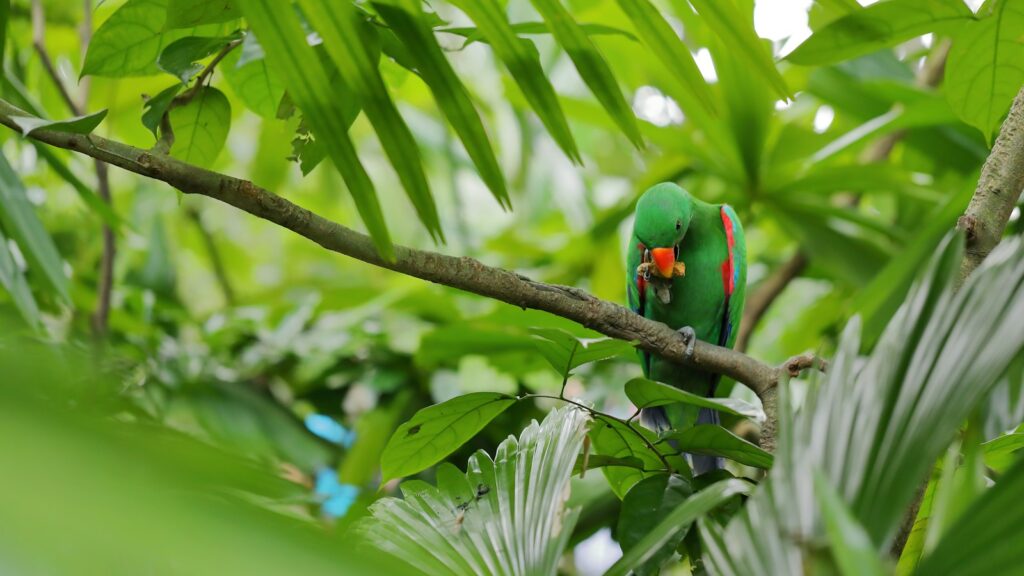
The first step in providing optimal nutrition is understanding what your bird species would eat in the wild. Parrots from rainforest regions naturally consume a varied diet of fruits, nuts, seeds, flowers, and occasionally insects. Finches may primarily eat seeds and grains with some greens. Nectar-feeding birds like lories have highly specialized digestive systems designed for liquid diets. Research your specific bird species to learn about their natural feeding habits, as this provides a blueprint for their captive diet. Even within parrot species, dietary needs can vary significantly – compare the fruit-heavy diet of an Eclectus with the nut-centric preferences of a macaw. This knowledge forms the foundation for creating a diet that satisfies both nutritional and psychological needs.
The Problem with Seed-Only Diets

Many new bird owners make the critical mistake of feeding an all-seed diet, often because their birds readily eat it. Seeds are high in fat and deficient in essential vitamins and minerals, particularly calcium and vitamin A. A seed-exclusive diet can lead to malnutrition, liver disease, weakened immune function, and serious conditions like fatty liver disease. The high fat content can also contribute to obesity, particularly in less active birds or those kept in smaller enclosures. Additionally, seeds lack the variety and nutrients found in a bird’s natural diet, leading to both physical and psychological deficiencies. Think of seeds as bird “junk food” – tasty but not nutritionally complete – making them appropriate as only one component of a varied diet.
Formulated Pellets as a Dietary Foundation
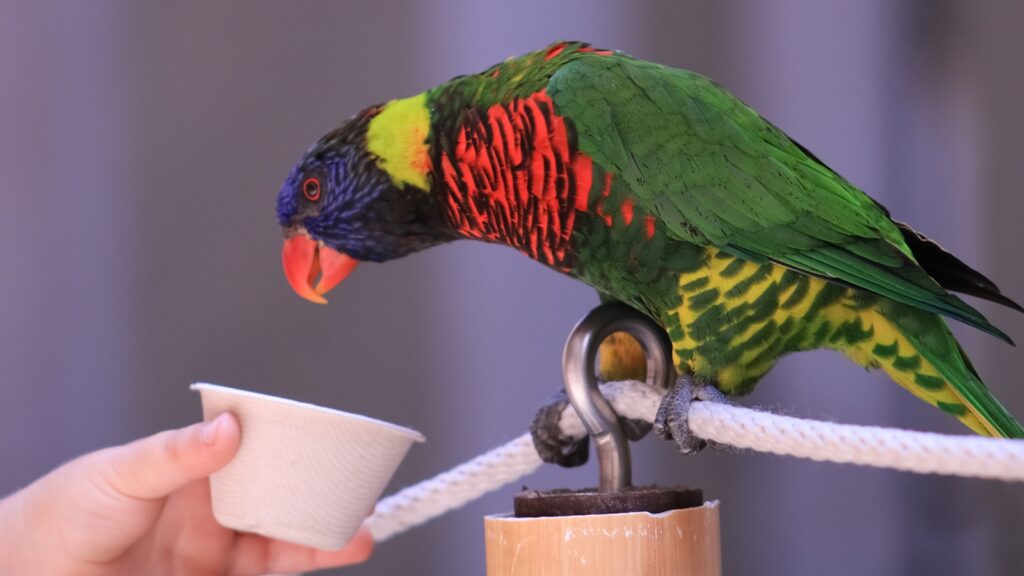
High-quality formulated pellets have revolutionized avian nutrition by providing a nutritionally balanced base diet for captive birds. These pellets are scientifically formulated to contain appropriate levels of vitamins, minerals, protein, and carbohydrates in proportions needed for optimal health. Unlike seeds, pellets can’t be selectively eaten, ensuring birds receive complete nutrition with each bite. Quality brands formulate species-specific pellets that account for the different needs of, for instance, African greys versus cockatiels. For most companion birds, pellets should constitute approximately 50–70% of the diet, with the remainder coming from fresh foods. When transitioning birds from seeds to pellets, patience is crucial – this change should occur gradually over weeks or even months to prevent hunger strikes.
Fresh Fruits for Vibrancy and Vitamins

Fresh fruits provide essential vitamins, antioxidants, and natural sugars that contribute to vibrant feathers and optimal health in most exotic birds. Offer a colorful variety such as berries, melons, apples, grapes, mangoes, and papayas to provide diverse nutrients and prevent boredom. However, fruits should typically make up only about 10-20% of the total diet for most species, as they contain natural sugars that should be limited. Always remove seeds and pits from fruits like apples and cherries, as they can contain compounds that are toxic to birds. Cut fruits into appropriately sized pieces based on your bird’s size, and always wash thoroughly to remove pesticides and contaminants. For tropical species like Eclectus parrots or lories, the fruit portion may constitute a larger percentage of their diet compared to other species.
Vegetables: The Nutritional Powerhouses

Vegetables should form a substantial component of most exotic birds’ diets, providing essential vitamins, minerals, and fiber with lower sugar content than fruits. Dark leafy greens like kale, Swiss chard, dandelion greens, and spinach (in moderation) are particularly valuable for their calcium content and vitamin A, though variety is key to avoid potential issues with oxalates found in some greens. Colorful vegetables like bell peppers, carrots, sweet potatoes, and pumpkin provide carotenoids that birds convert to vitamin A, which is essential for immune function and respiratory health. Offer vegetables in various forms – raw, steamed, or even frozen and thawed – to provide textural variety and preserve nutrients. For most companion birds, vegetables should make up 20–30% of the diet, with emphasis on the dark, leafy varieties that provide nutrients often lacking in other food sources.
Protein Sources for Feather Health and Growth
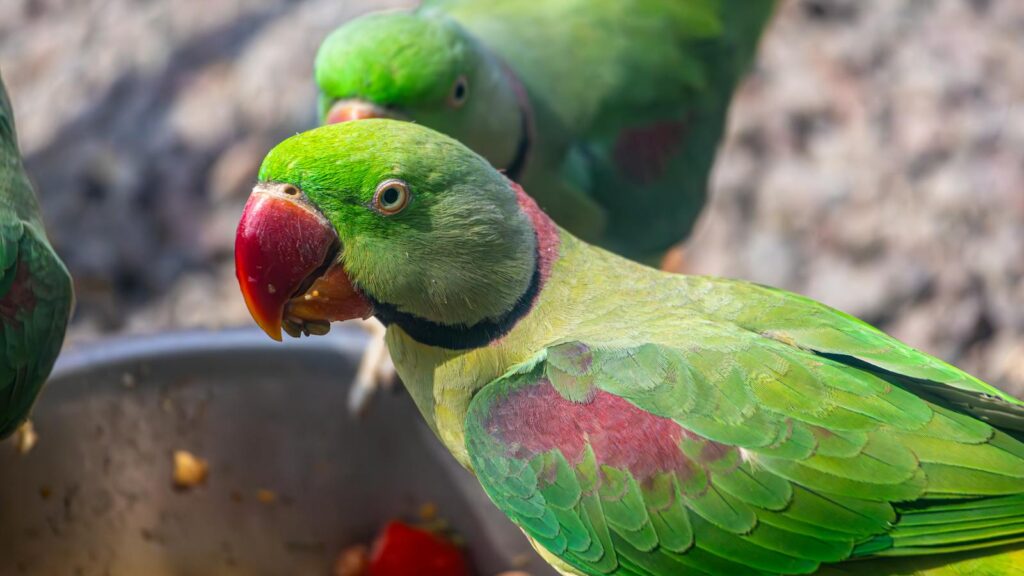
Adequate protein is crucial for feather development, muscle maintenance, and overall growth, especially during molting periods when birds replace their feathers. Well-cooked eggs (including crushed shells for calcium) provide excellent complete protein and can be offered several times weekly in small amounts. Some birds benefit from occasionally consuming cooked lean meats, legumes, or even small amounts of yogurt, though dairy should generally be limited. For certain species like lorikeets, specialized nectar mixes provide protein in a form appropriate to their unique digestive systems. During breeding, molting, or recovery from illness, protein requirements increase significantly, and diets should be adjusted accordingly. Remember that while pellets contain some protein, additional sources ensure your bird receives a full complement of essential amino acids.
The Role of Nuts and Seeds in Moderation
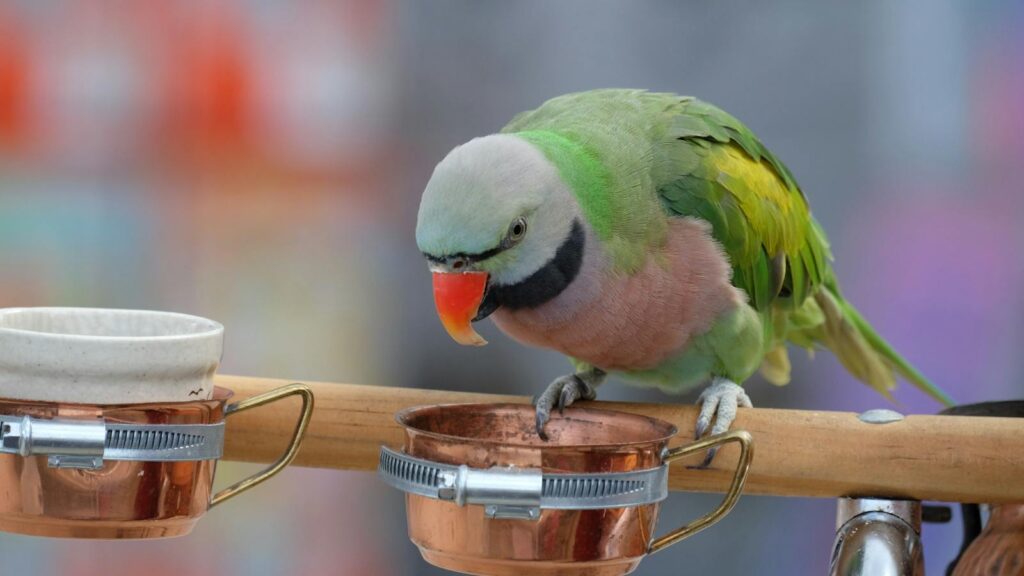
Despite their nutritional limitations as a staple diet, nuts and seeds do have an important place in the exotic bird diet when offered appropriately. Nuts like almonds, walnuts, and hazelnuts provide healthy fats and protein, and can serve as excellent foraging treats that promote natural behaviors and mental stimulation. For larger parrots especially, the mechanical act of cracking nuts provides important beak exercise and occupational therapy. Seeds like flax, chia, and hemp offer beneficial omega fatty acids that contribute to skin and feather health when used as a small dietary component. The key is moderation – for most birds, nuts and seeds should constitute no more than 10% of the total diet, though species with naturally higher-fat diets (like macaws) may tolerate slightly more. Consider nuts and seeds as “treats” rather than dietary staples, using them strategically for training, enrichment, or to hide medications.
Species-Specific Considerations
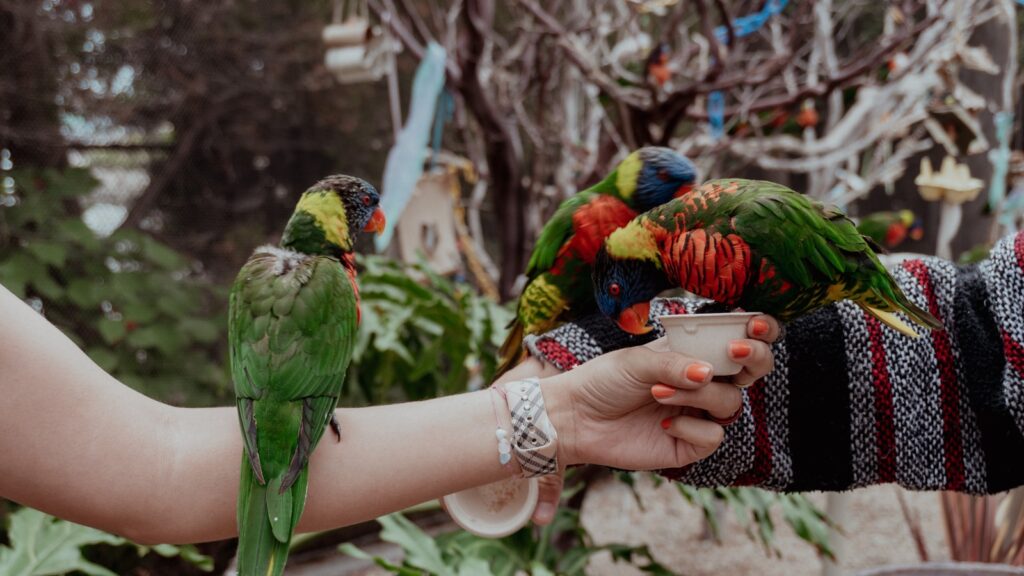
Diet requirements vary significantly across the hundreds of bird species kept as companions, making species-specific research essential for optimal nutrition. Lories and lorikeets have specialized brush-like tongues and unique digestive systems designed for nectar and pollen, requiring special powder or liquid nectar diets supplemented with fruits. Eclectus parrots thrive on higher fruit content diets (up to 30–40%) compared to other parrots, while experiencing digestive issues with excessive fat from nuts and seeds. Small finches and canaries typically require a higher proportion of seeds in their diet than larger parrots, supplemented with egg food during breeding periods. African grey parrots are particularly prone to calcium deficiencies and require careful attention to calcium-rich foods and proper calcium-to-phosphorus ratios. Research your specific species through avian veterinary resources, species-specific books, and reputable bird organization websites to understand these unique requirements.
Food Preparation and Safety
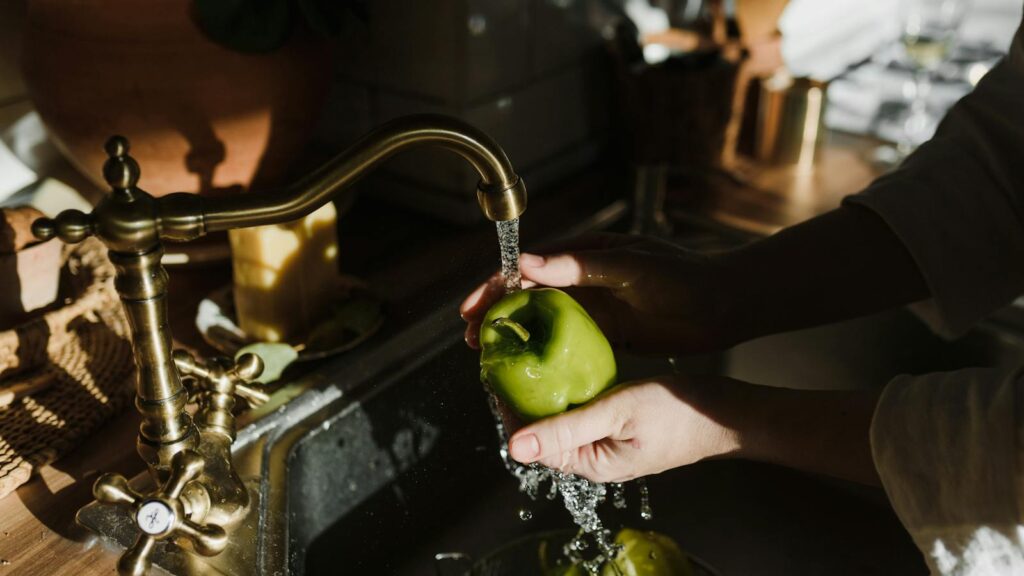
Proper food handling is crucial for preventing bacterial contamination that can seriously affect your bird’s health. Always wash fresh produce thoroughly, even organic options, to remove potential pesticides, waxes, and contaminants. Remove perishable foods from the cage after 2-4 hours depending on your climate to prevent bacterial growth, which birds are particularly sensitive to. Implement a comprehensive cleaning protocol for all food dishes, ideally washing them daily with bird-safe dish soap and regularly sanitizing with diluted bleach solution (thoroughly rinsed). Avoid preparing bird food on surfaces that have contacted raw meat without proper sanitization in between. Store dry foods like pellets and seeds in airtight containers away from moisture and pests, and check regularly for signs of mold or infestation, which can produce dangerous mycotoxins that are especially harmful to birds.
Foraging Opportunities for Psychological Health
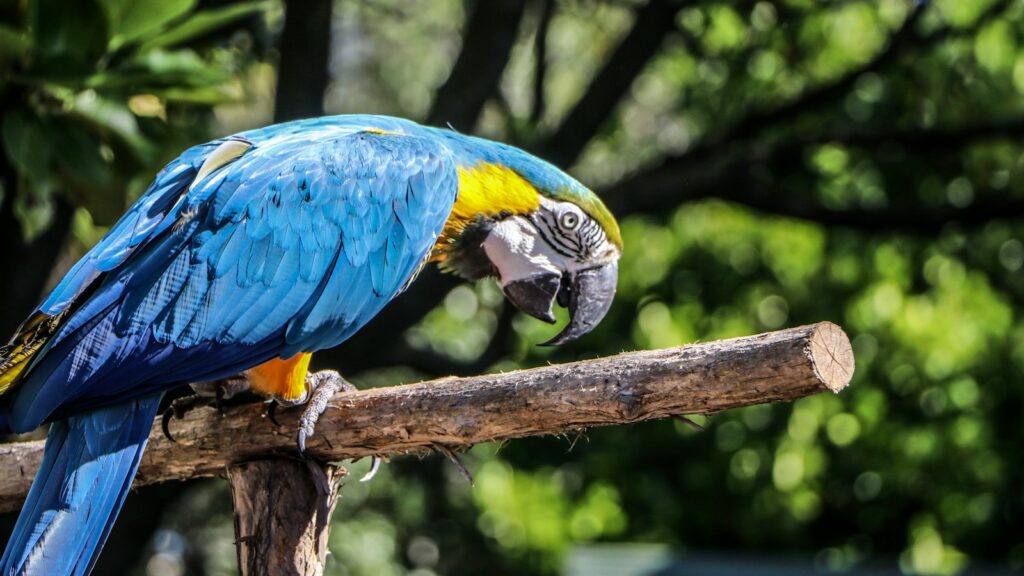
Natural foraging behaviors occupy the majority of a wild bird’s waking hours, making foraging opportunities essential for psychological well-being in captivity. Rather than simply placing food in a dish, create challenges that require problem-solving and effort to obtain food rewards. Wrap small portions of food in unbleached paper, stuff foraging toys with healthy treats, or use puzzle feeders that require manipulation to release food items. Distribute food at different locations around the cage or play area to encourage movement and exploration. Skewer vegetables and fruits on stainless steel skewers or attach them to the cage sides with bird-safe clips to create more naturalistic feeding experiences. For larger parrots especially, these mental challenges prevent boredom and reduce negative behaviors like feather plucking, excessive screaming, and aggression related to psychological distress.
Identifying and Avoiding Toxic Foods
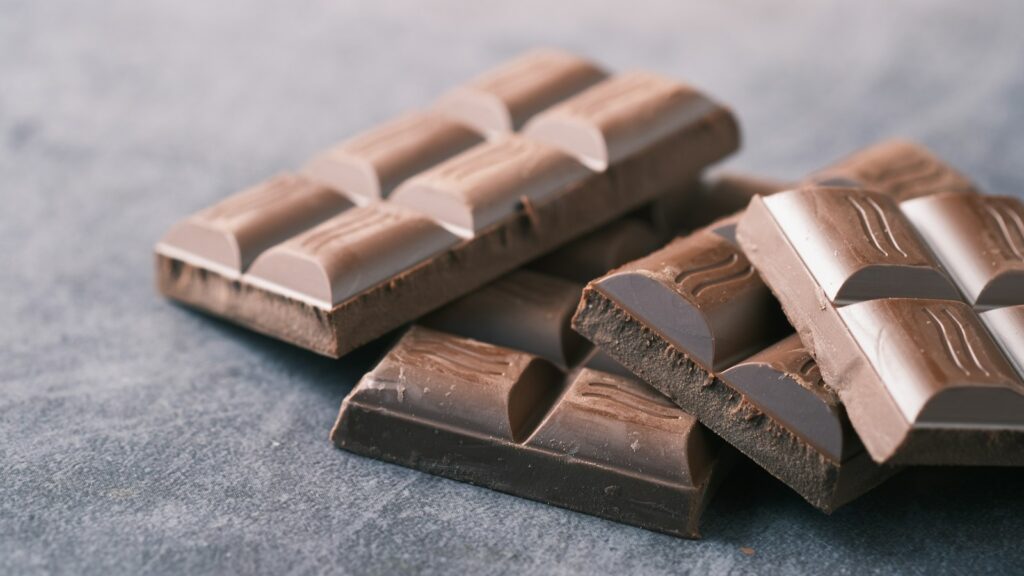
Birds have unique physiological sensitivities that make certain foods toxic to them despite being safe for humans. Avocado contains persin, which can cause cardiac distress and potentially death even in small amounts. Chocolate contains theobromine, which birds cannot metabolize effectively, potentially causing seizures and heart failure. Onions and garlic contain compounds that can damage red blood cells and cause anemia in birds when consumed regularly. Fruit seeds and pits from apples, cherries, peaches, plums, and apricots contain cyanide compounds that are particularly dangerous to small birds. Additionally, avoid alcohol, caffeine, high-salt foods, and mushrooms, which can all negatively impact avian health in various ways. When in doubt about a particular food, research specifically for birds or consult an avian veterinarian rather than assuming that human food safety applies to your feathered companion.
Proper Hydration and Water Quality
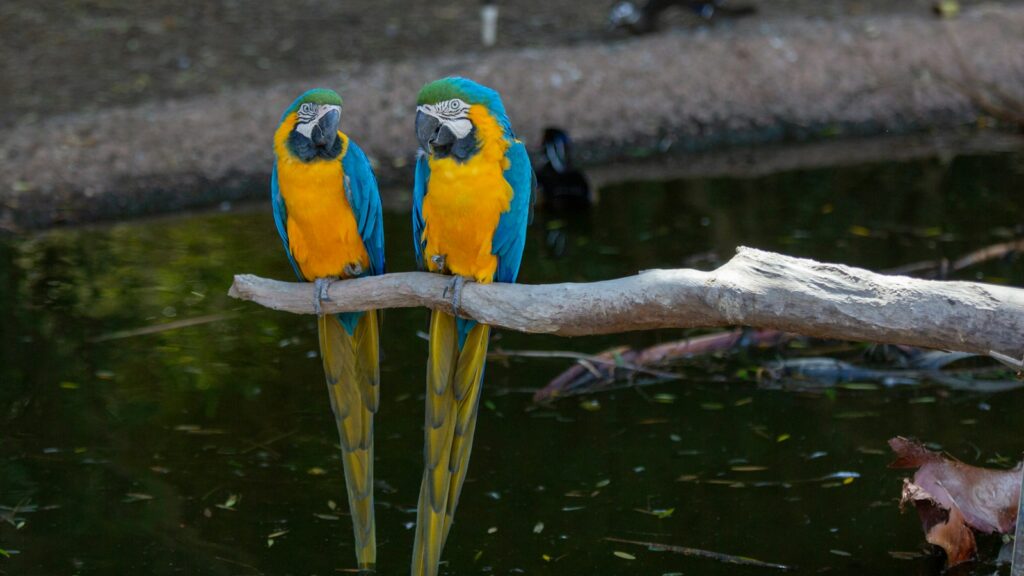
Clean, fresh water is just as important as proper food for exotic bird health, yet is often overlooked in discussions of avian nutrition. Birds need constant access to clean water for drinking and, for many species, bathing, which contributes to feather and respiratory health. Change water at least daily, or more frequently if it becomes contaminated with food or droppings. Consider using filtered water if your tap water contains high levels of chlorine, chloramine, or heavy metals, as birds can be sensitive to these contaminants. Some species, particularly those from arid regions, get much of their hydration from food and drink relatively little water, while others consume large quantities – notice your bird’s habits to ensure they’re staying properly hydrated. For birds that enjoy bathing, provide shallow dishes or specially designed bird baths that allow them to splash without the risk of drowning, contributing to both physical and psychological well-being.
Transitioning to a Healthier Diet
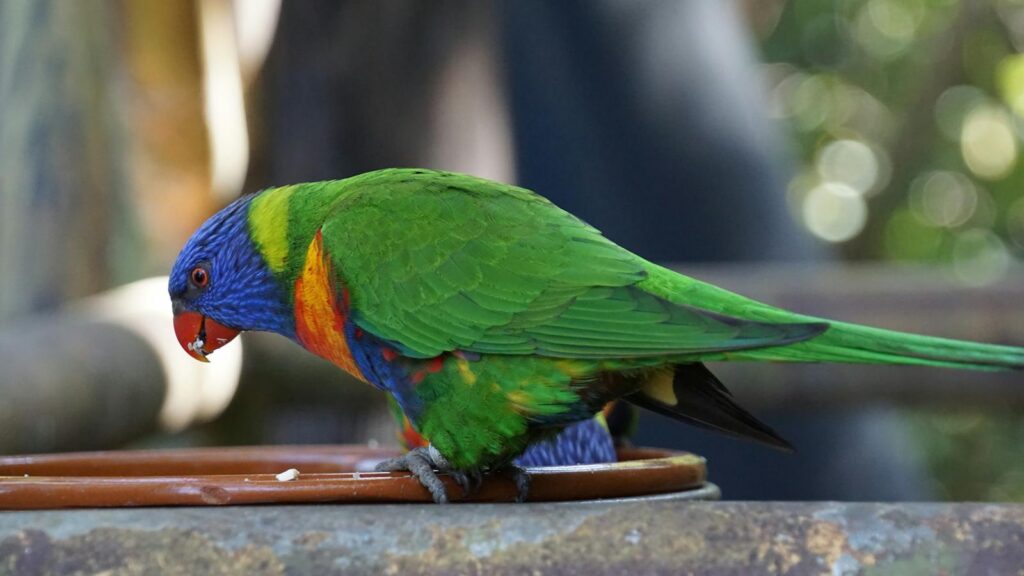
Changing a bird’s diet can be challenging, as birds are naturally neophobic (fearful of new things) and may initially reject unfamiliar foods. Implement dietary changes gradually over weeks or even months, mixing new foods with familiar ones in increasing proportions. Morning feedings are optimal for introducing new foods, as birds are typically hungrier after the overnight fast. Model eating behaviors by pretending to eat the new food yourself (without actually sharing food), as many birds learn through social observation. Present new foods in multiple ways – chopped differently, at different temperatures, mixed with favorites, or offered through foraging toys. Be persistent yet patient, offering rejected foods repeatedly as birds often need multiple exposures (sometimes 15-20 attempts) before accepting a new item. During transitions, monitor weight closely using a gram scale to ensure your bird isn’t losing significant weight while adapting to the new diet.
Working with an Avian Veterinarian

An avian veterinarian is an invaluable partner in developing and monitoring your bird’s nutritional plan. Schedule regular wellness exams that include weighing, physical assessment, and sometimes blood work, which can reveal nutritional deficiencies before they cause visible symptoms. Discuss your current feeding practices in detail, including specific brands, quantities, and feeding schedules to receive personalized recommendations based on your bird’s species, age, health status, and individual needs. For birds with specific health conditions like liver disease, kidney issues, or obesity, your veterinarian can prescribe specialized therapeutic diets that address these concerns. Monitor and record your bird’s weight regularly between visits, as changes can indicate dietary problems, and bring this information to appointments. Remember that avian nutritional science continues to evolve, so maintaining a relationship with a knowledgeable avian veterinarian ensures your feeding practices reflect current understanding of bird nutrition.
Creating the optimal diet for an exotic bird requires knowledge, dedication, and flexibility. By understanding your bird’s natural dietary patterns and nutritional needs, you can provide a balanced menu of high-quality pellets, fresh produce, appropriate protein sources, and limited treats that support both physical health and psychological well-being. Remember that dietary needs may change throughout your bird’s life based on age, reproductive status, health conditions, and activity levels. The effort invested in proper nutrition pays enormous dividends in the form of vibrant plumage, robust immune function, appropriate energy levels, and potentially decades of companionship with your exotic feathered friend. With patience during transitions and consistent attention to nutritional quality, you can help ensure your bird thrives rather than merely survives in captivity.

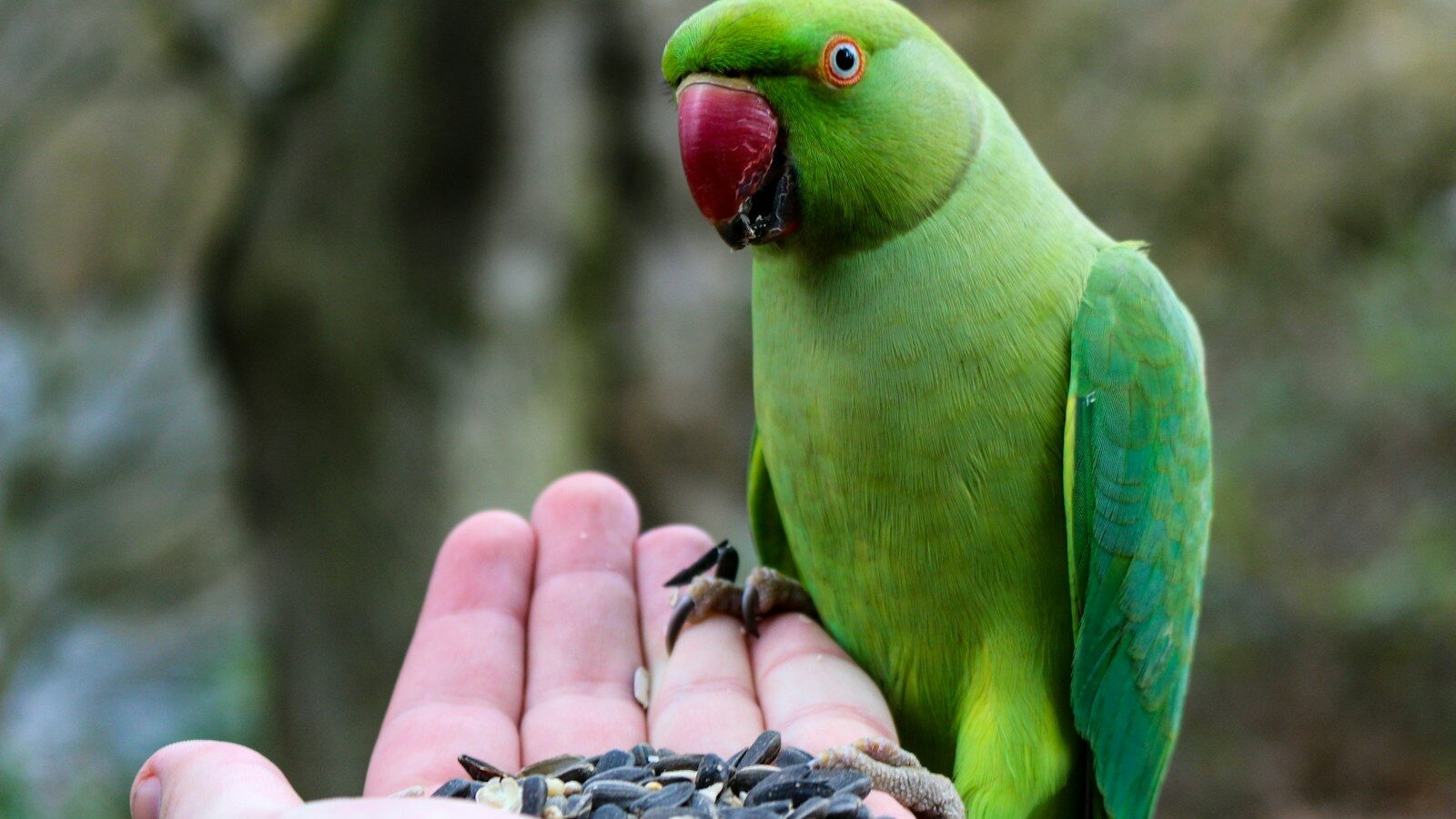

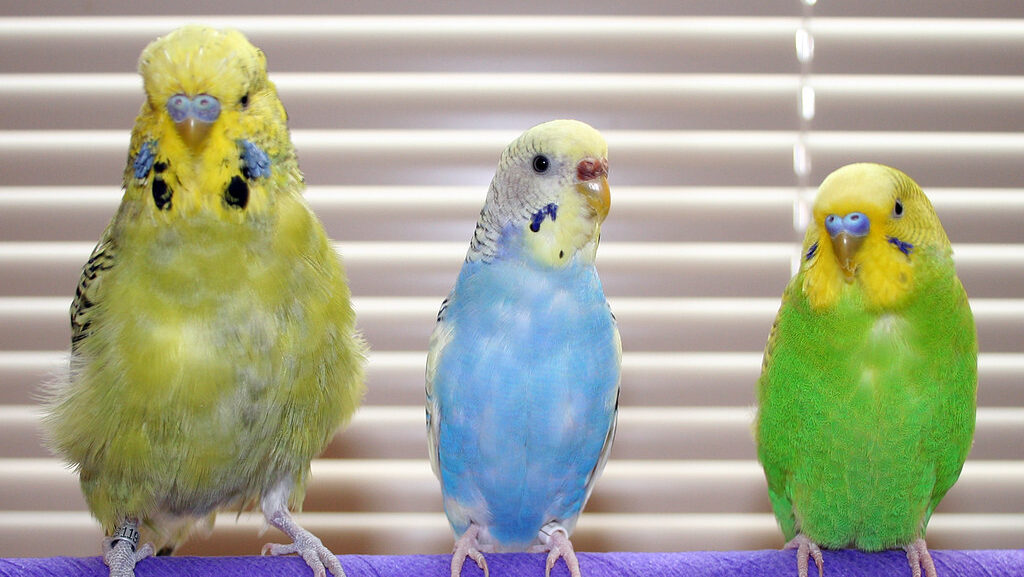

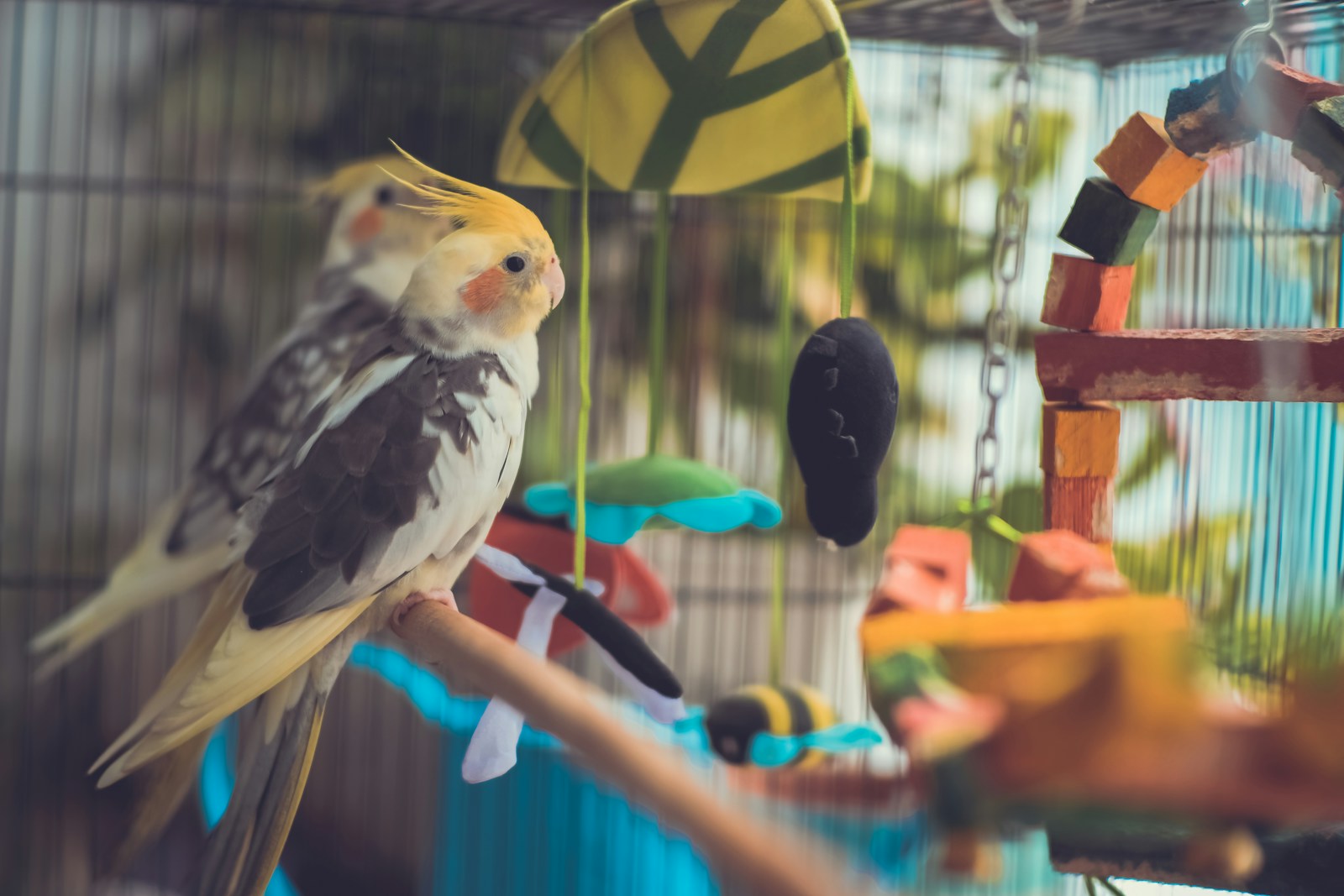
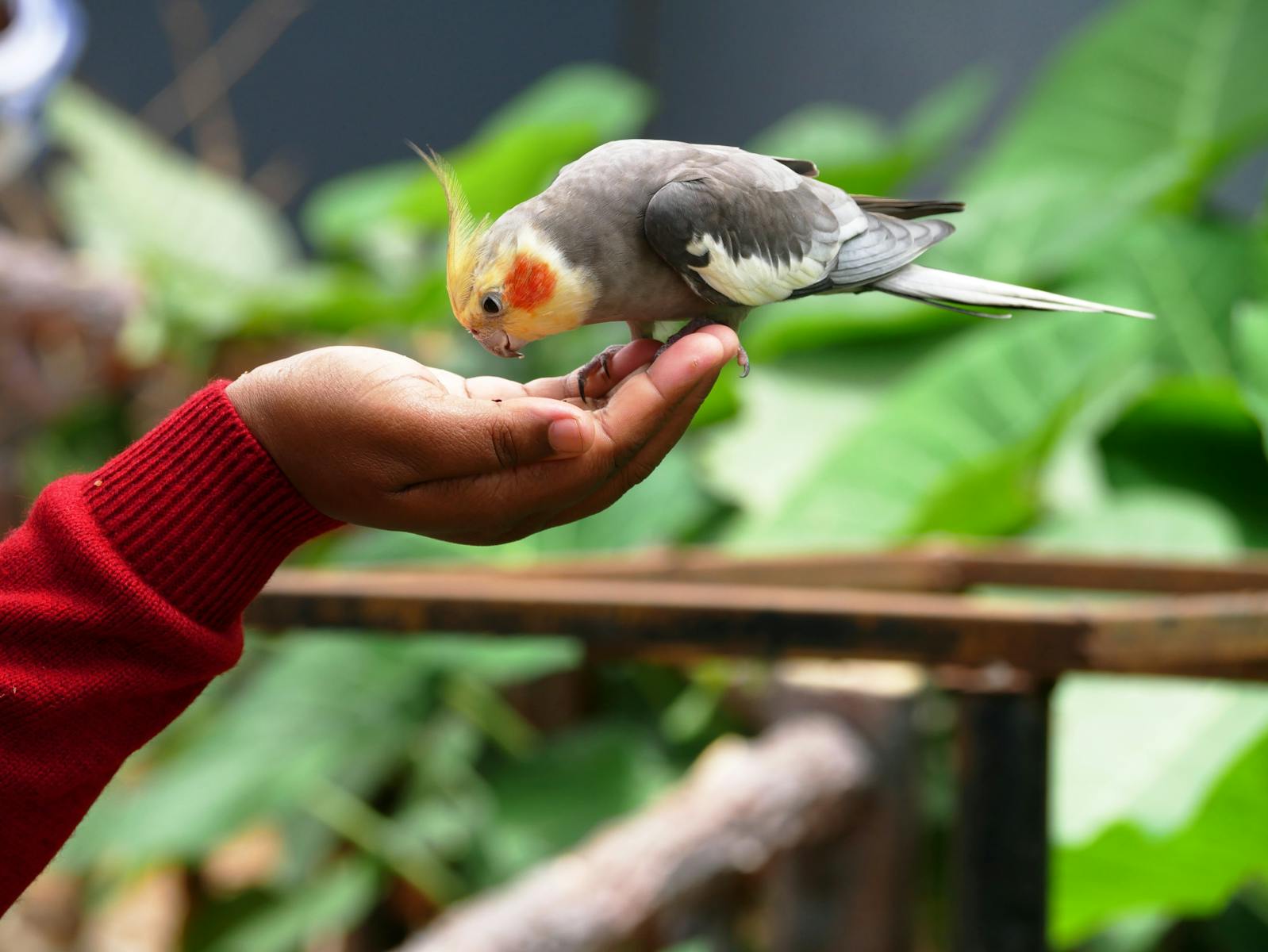
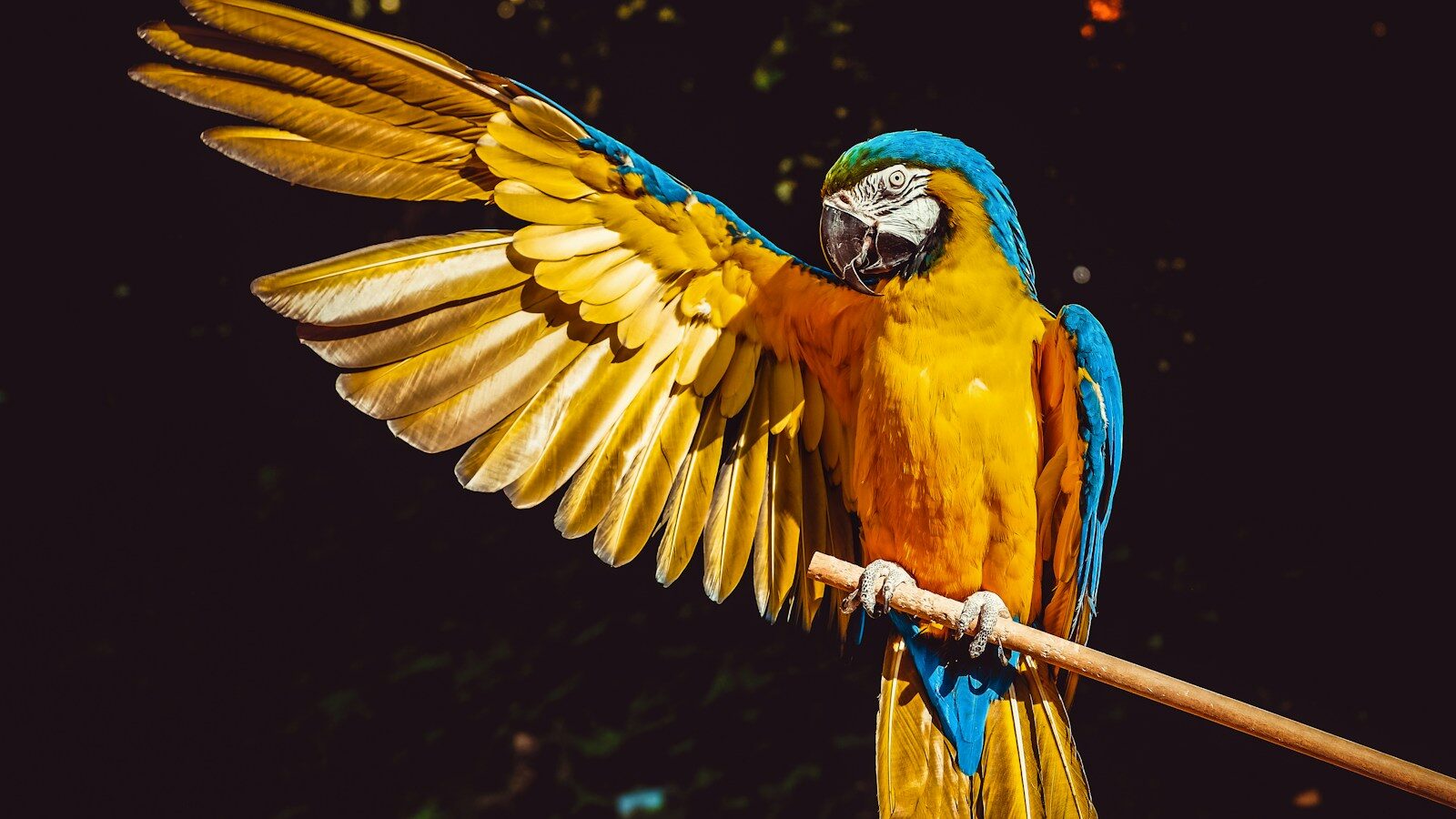

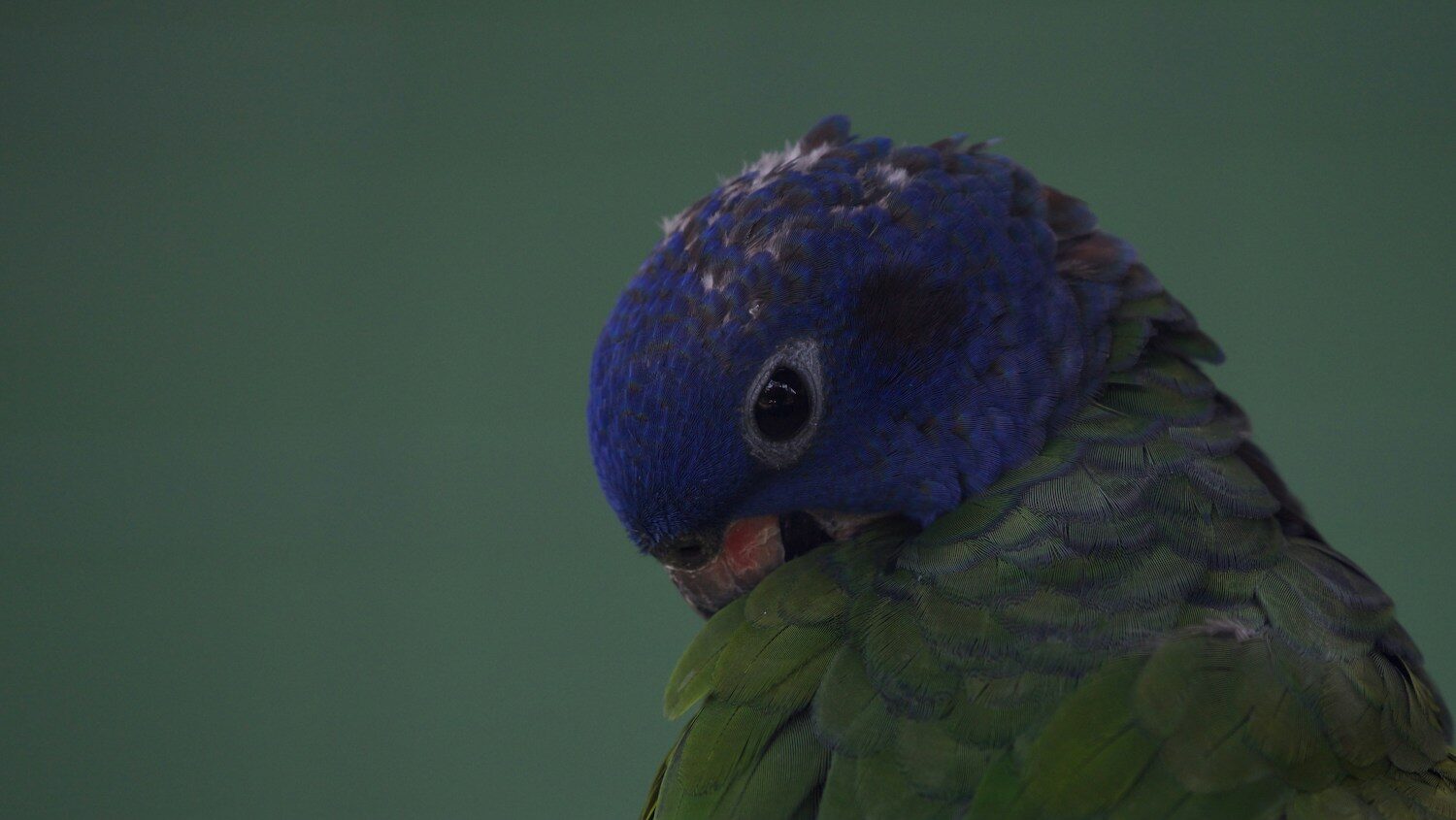

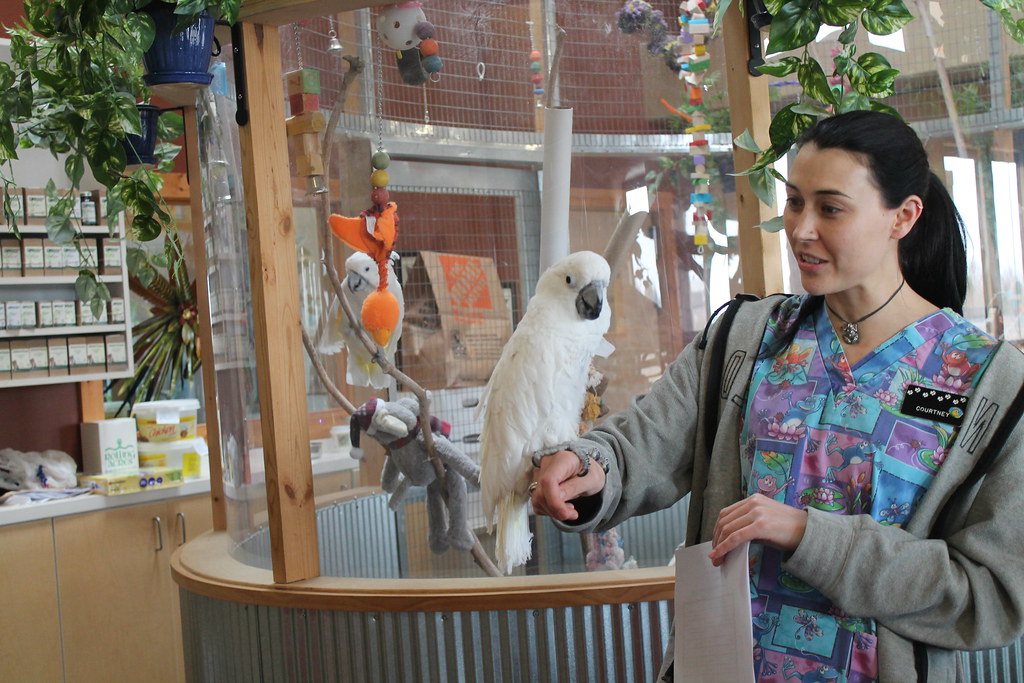




Leave a Reply